

Speed of architectural style trends finally caught up with speed of fashion about 1 to 1. It took long years during modernism that a particular form would find its place in present design mainstream because it was pretty well established by the Bauhaus and other white wall-ers and the elite still was The Elite.
That has changed during the postmodern years but still it took five years or so for formal trends to take shape.
With the advancement of the digital technology, time span of formal gestures in building designs have just about caught up with fashion industry’s seasonality, authors' whim and students' desire to participate in the advancement of architectural relevancy. Perhaps you can blame the rise of the narrative for this but the stories only amount to cheap slogans in most cases.
So much for architecture's empirical operatives.
In an age of endless promotion by historians, marketers turned curators alike, we as the participants in this culture production for profit no longer digest, critique and distill architectural works. Students world over are copying without any criticality whatsoever. They utilize many examples of most published works as “precedents,” a new term for “I am gonna copy this” while justifying that act and maintaining and creating additional dinosaurs without any further questions. After all, “Who am I to question my professor's authoritative keeper?”
I confess, in most cases, I have no interest anymore for taking a building apart and discussing its formal, surface and material aspects beyond its “blog” value. It is a world of architectural pornography out there and the saddest part is that these architectures and their authors are mostly the concerns and commodities of real estate related industries. They gobble up and neutralize cultural values, turning them into seasonal commodities and assigning the creative production into one big supermarket of things that don't matter.
I have gathered, mostly plural, a highly critical list of typologies and definitions with images to describe the high culture of pathless occupation we managed to package as self important and highly marketable.
You can write them off as silly but better think about it before you do that because I am not that stupid as a star critic of the World of Architecture and its players...
Let's look:

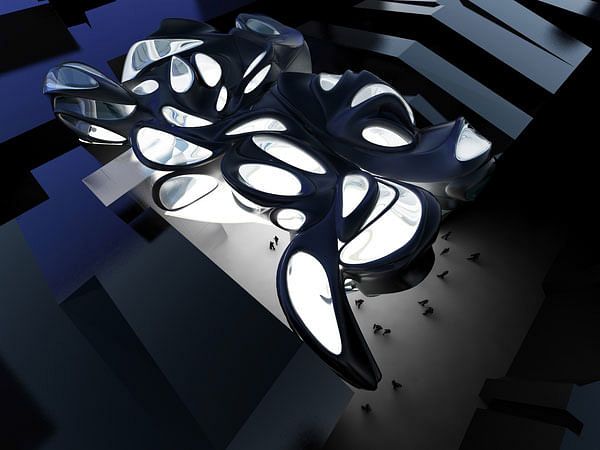
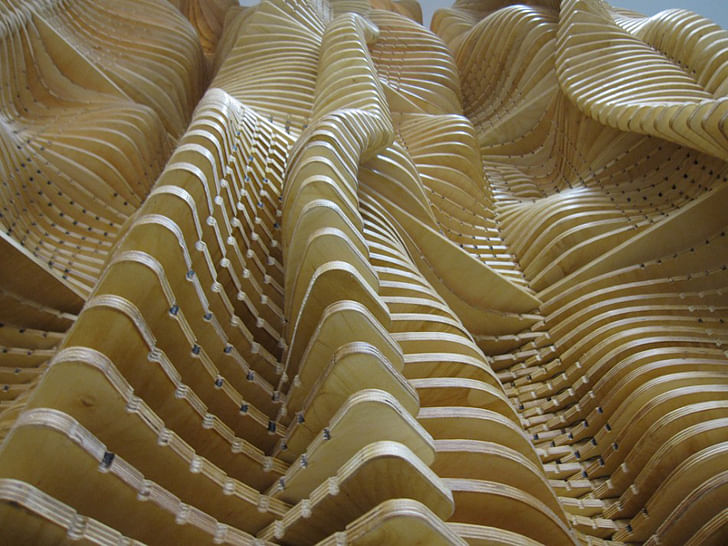
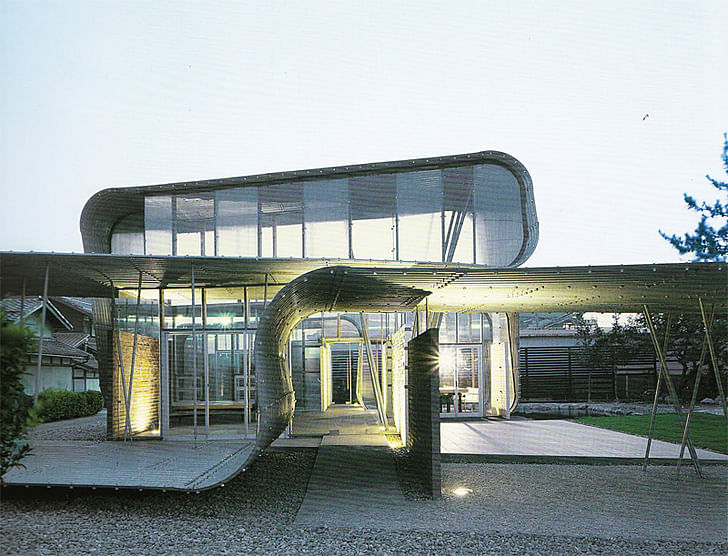
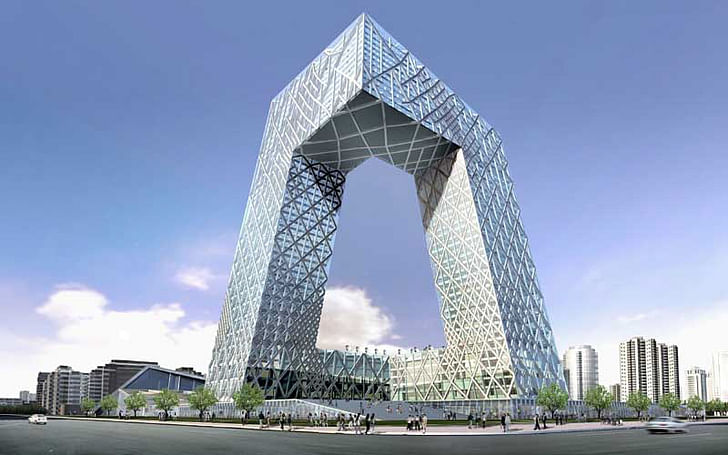
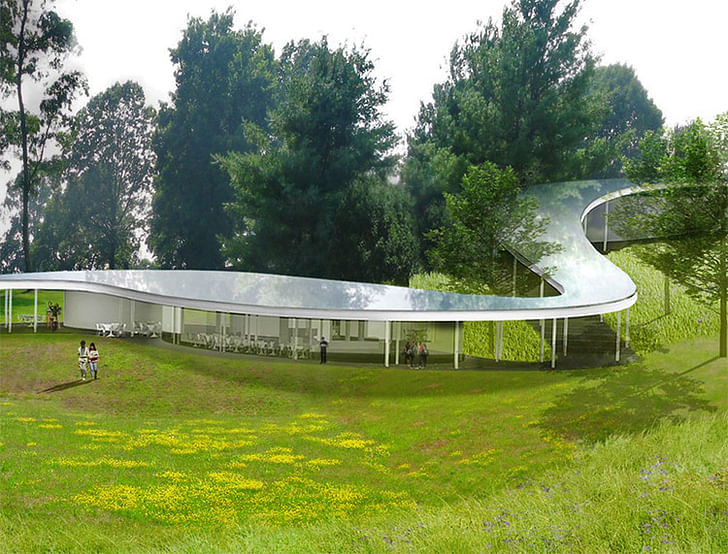
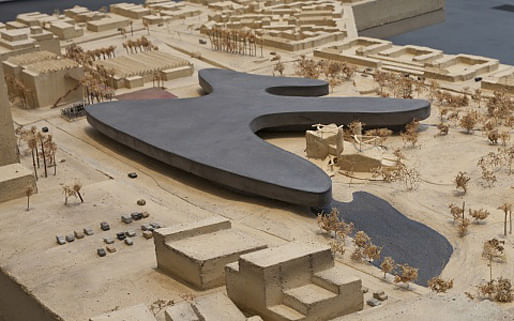
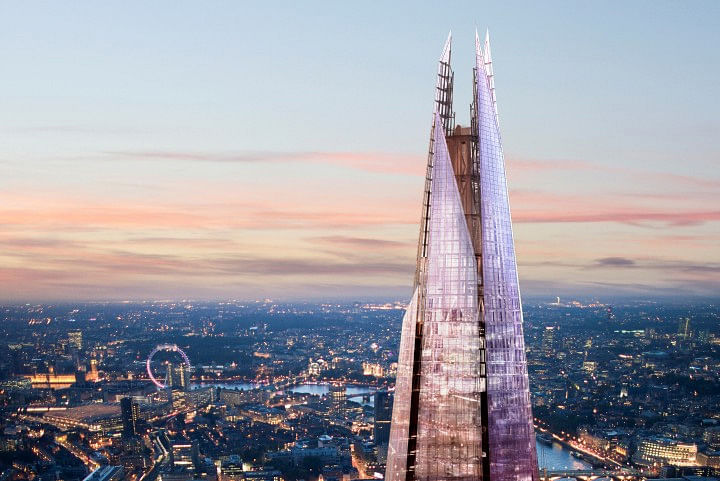
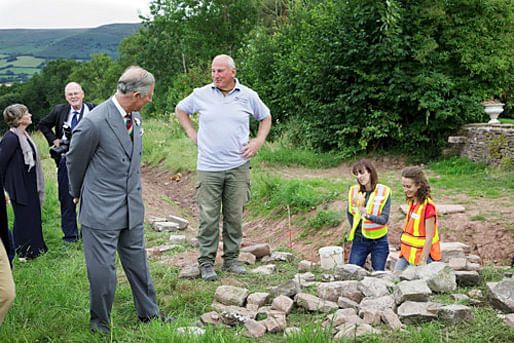
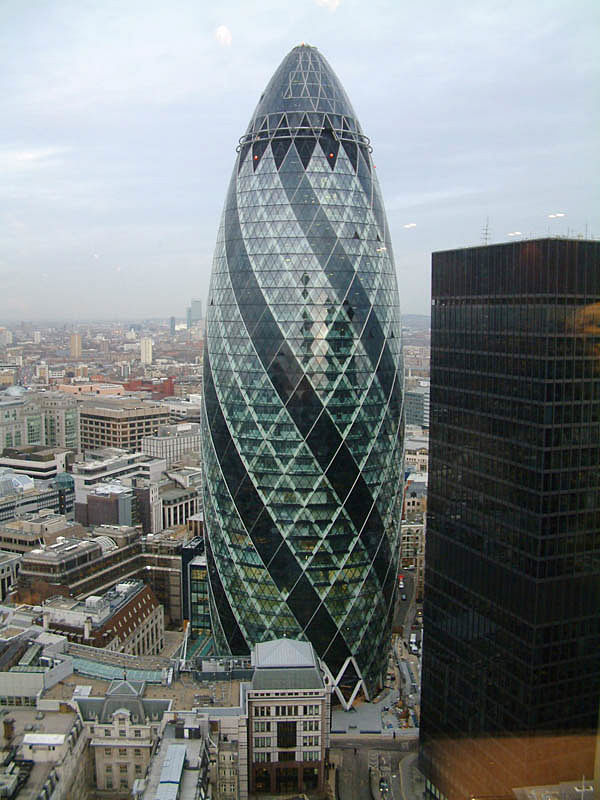
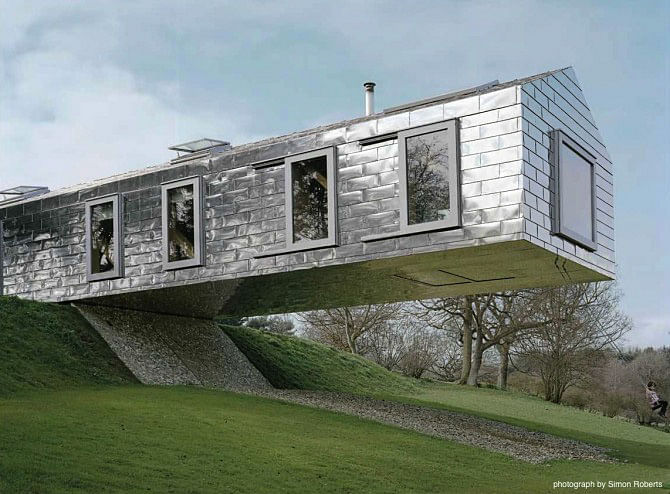
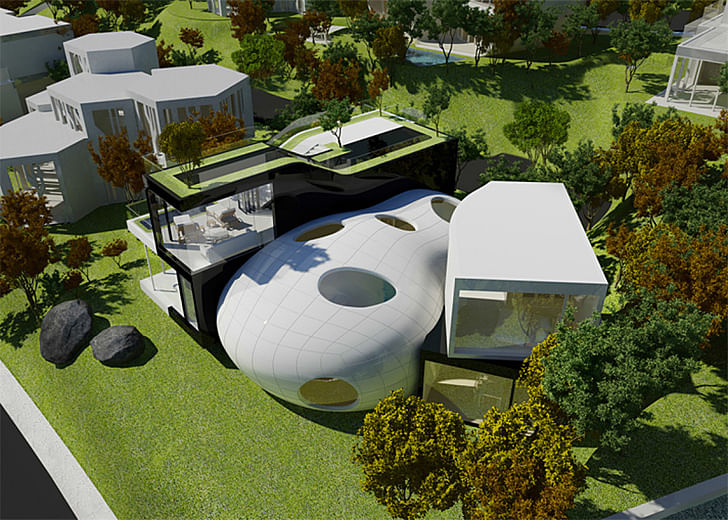
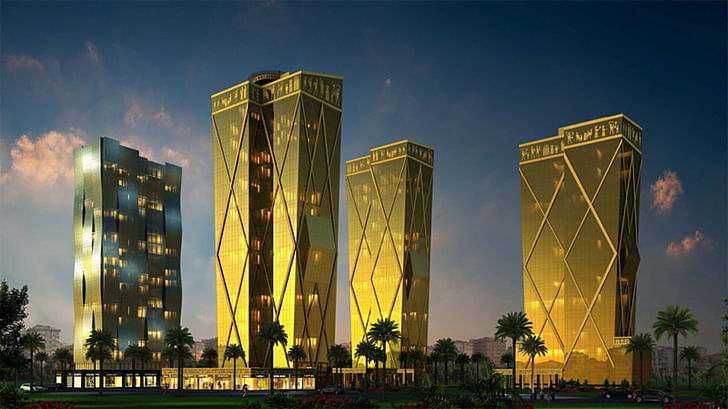
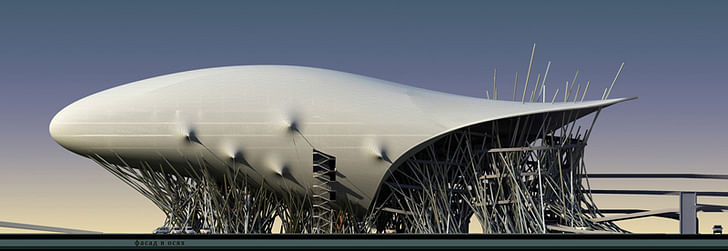
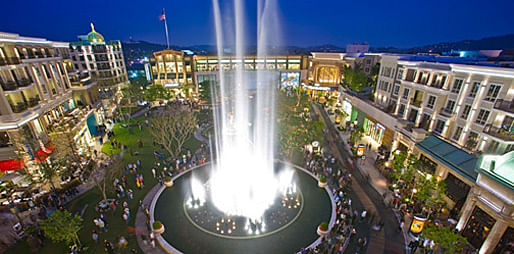
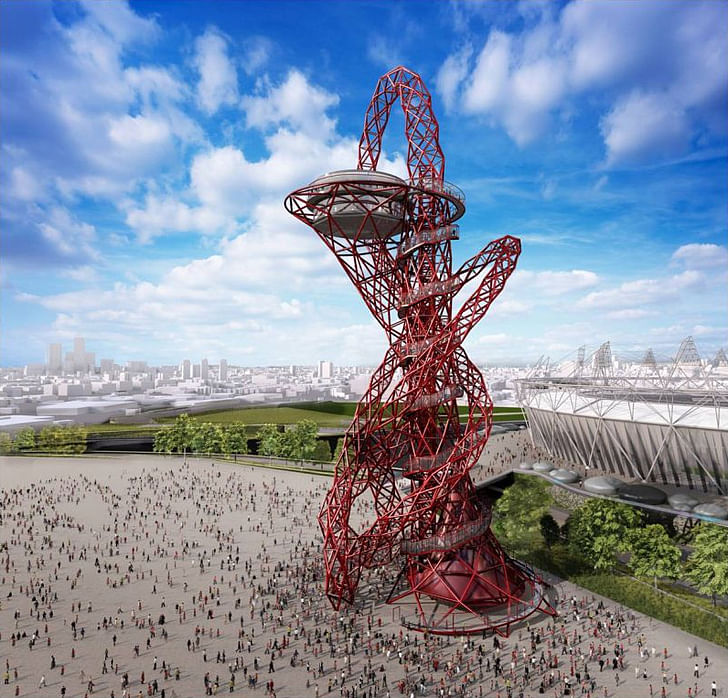
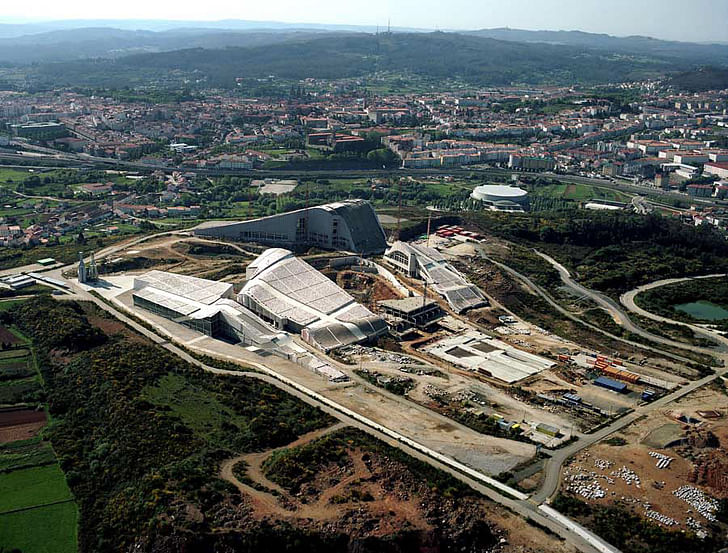

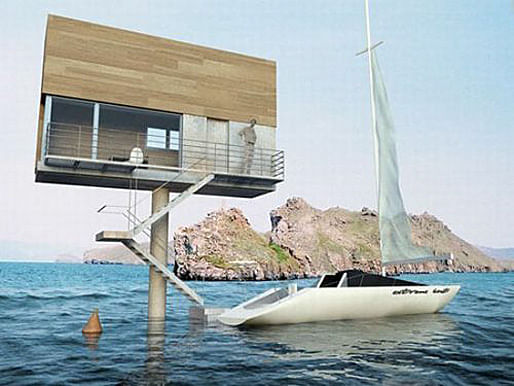
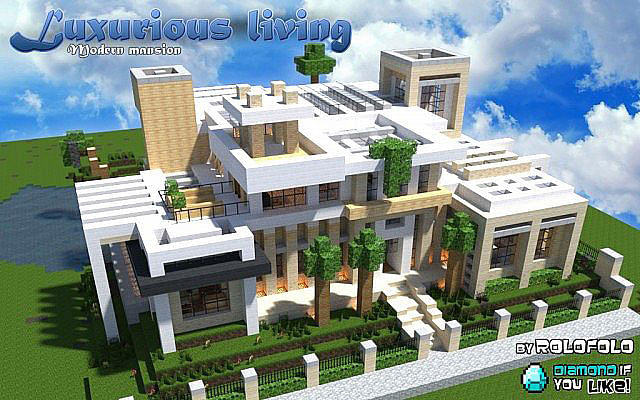



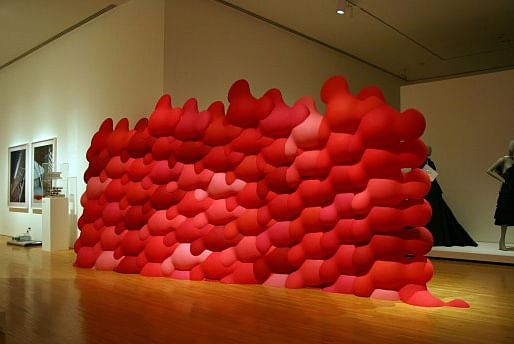


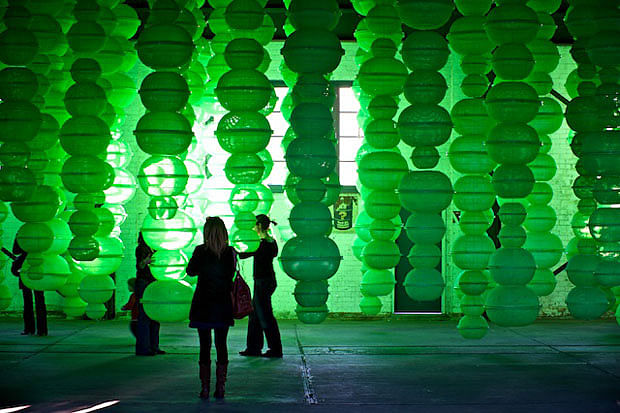
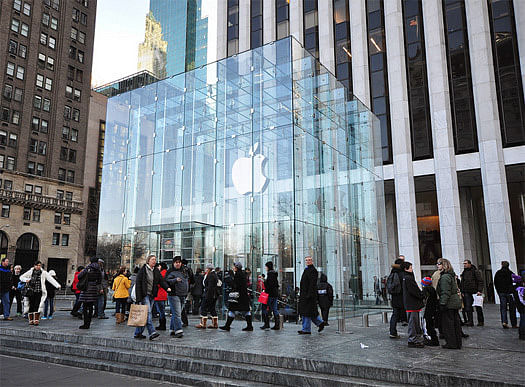
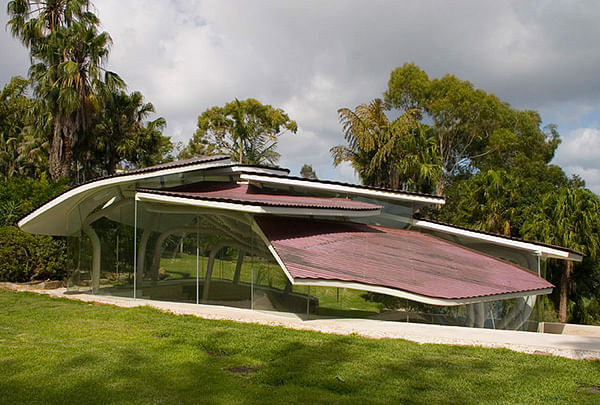


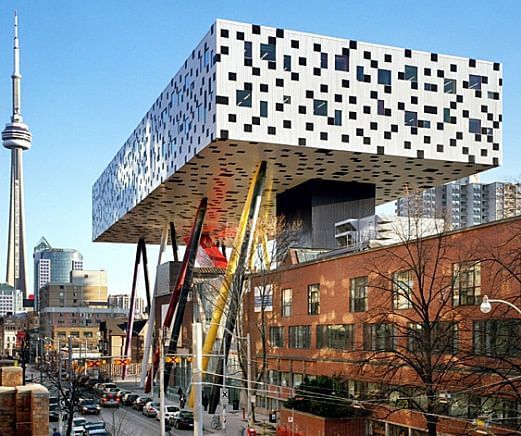




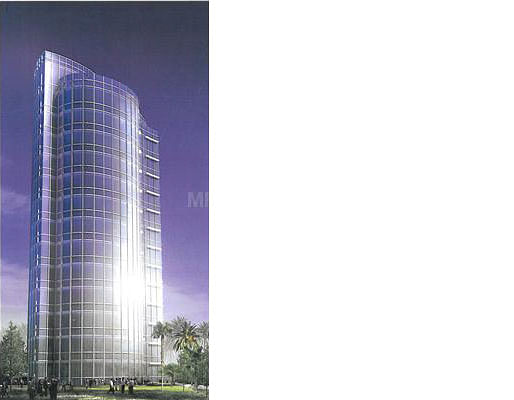

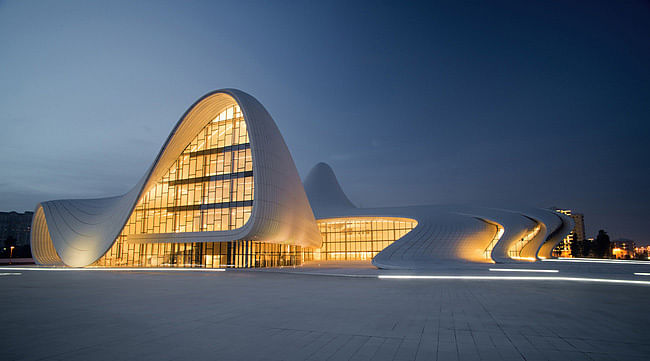

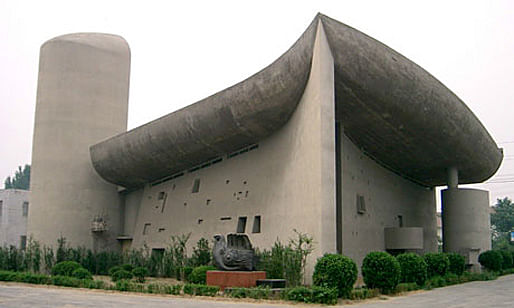
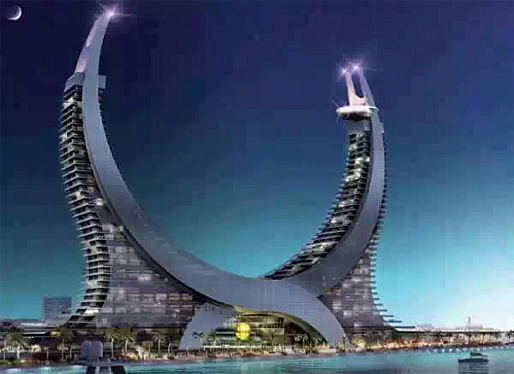
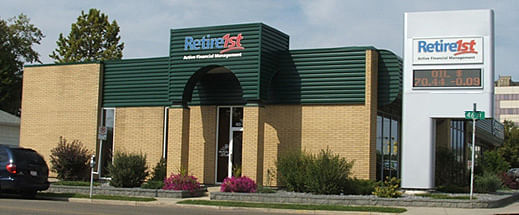

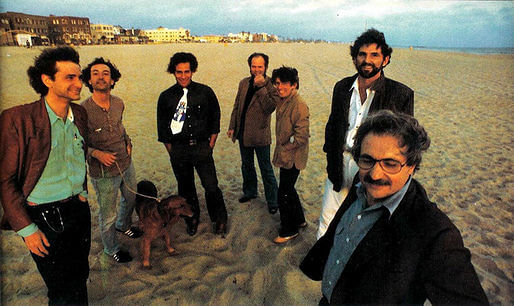


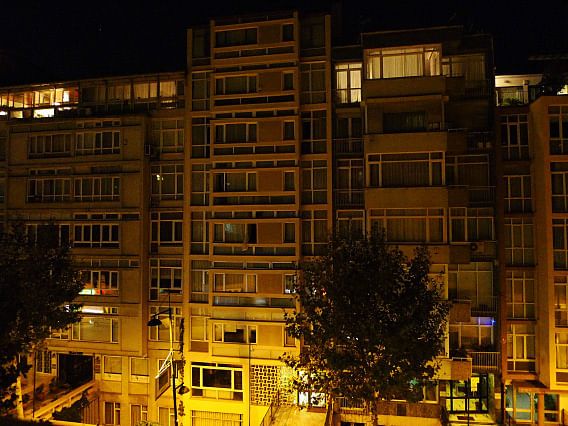


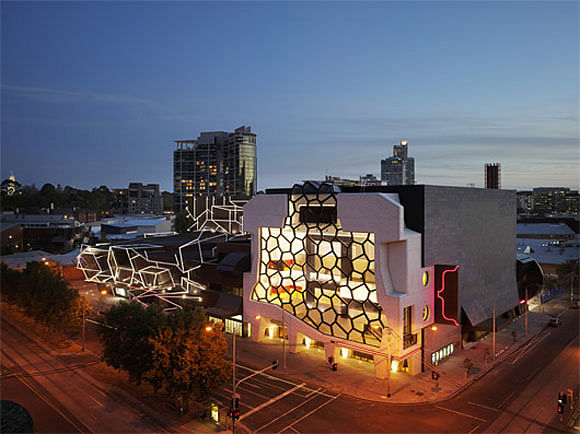

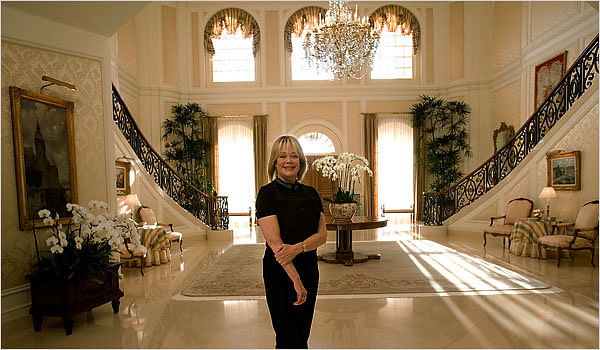
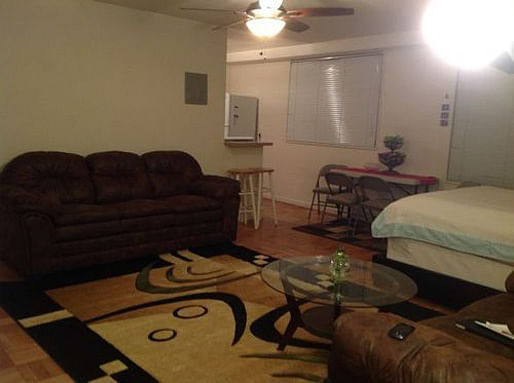
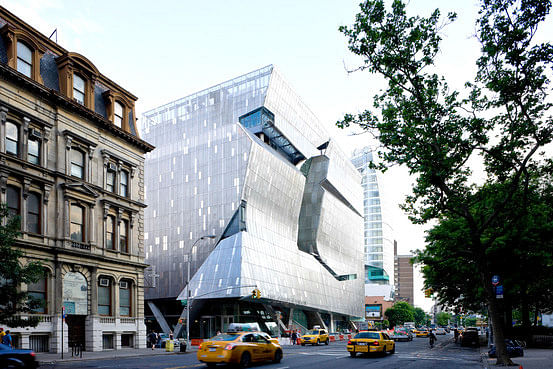
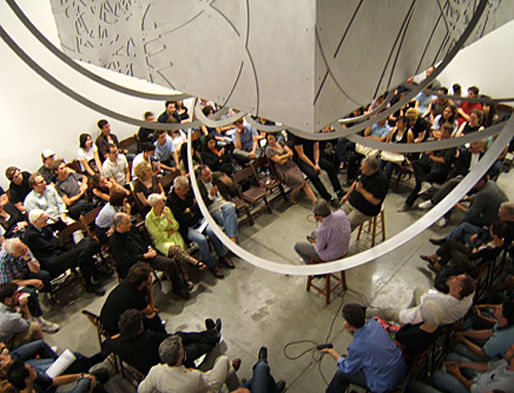
A long-time contributor to Archinect as a senior editor and writing about architecture, urbanism, people, politics, arts, and culture. The featured articles, interviews, news posts, activism, and provocations are published here and on other websites and media. A licensed architect in ...
6 Comments
Orhan, wonderful essay. My question though, it does seem a bit fatalistic, any hope in there left? It would seem to me that in times like these, it might be helpful, at least it is for me, to return to Hejduk, Abraham, Woods, and their precedents?
wtf is this? well, it's pretty accurate and funny! don't we all love to label and categorize.
Nice visual essay. I've often wondered why there have been so many gyrations as of late, and while digital technology certainly has played a role, I think a larger reason is the disintegration of any common understanding of what is relevant or important when designing a building. While there have always been a miriad of issues influencing a building's program and form, it seems the shift away from the context, street, and pedestrian experience seems to be the larger shift.
Begining with the early modernists (Elites as you call them) who eschewed the pedestrian city as a relic of pre-modern man, architecture has become a hermetic practice despite all it's showiness, understood by only those in the know. Here's where your other idea, "the rise of the narrative" comes to play, a story that only a few in society get. Architecture as a building block of community became sculpture as building. One acts as a backdrop for the narrative of peoples lives while the other shouts its narrative to a deaf audience.
While there certainly is a place and time for sculptural buildings, most city streets are composed of background buildings. As many cities return to the pedestrian street, the importance of playing well with others becomes all the more important, again. And unlike the early modernists who could get away with plopping a dull box when the context was a cacophony of traditional styles, the more modernism erroded the pedestrian city, the more architects rebelled against the vacuity of blank box modernism. Yet, becasue of the hold these "Elites" still exert on most architecture schools, you can rebel only with-in the rules of abstract modernism. Thus the plethora of styles, or "formal gestures".
Roll the dice!
K, there is a lot of hope. Currently and in the future (another essay in the works.) You can go back to Hejduk, Abrams, Woods and others if that keeps you inspired in addition to your own contribution, I hope others do that too. I like, because I am in LA, Sorianos, Ains, Gehries, Schindlers, Neutras, Wrights, Eames, Ellwoods, Koenigs, Kappes and many others in more current generations, structures and architects those did not mentioned, I embrace disorganizations and so on. Maybe I am trying to make people throw up and get some rest or turn down the repetitious industrial noise at the party so they can hear each other little more clearly and help stopping some early ODs. I could also say "I don't care go f..k yourselves" too and sometimes I do but not today.
Thayer D, thank you. And thanks for commenting. Sure. Roll the Dice. Creating brands and specializations is also an interesting discussion here.
This same situation (total chaos) occurred in western art in the 1970's. Anything goes. It was hilarious. Thank you.
Block this user
Are you sure you want to block this user and hide all related comments throughout the site?
Archinect
This is your first comment on Archinect. Your comment will be visible once approved.